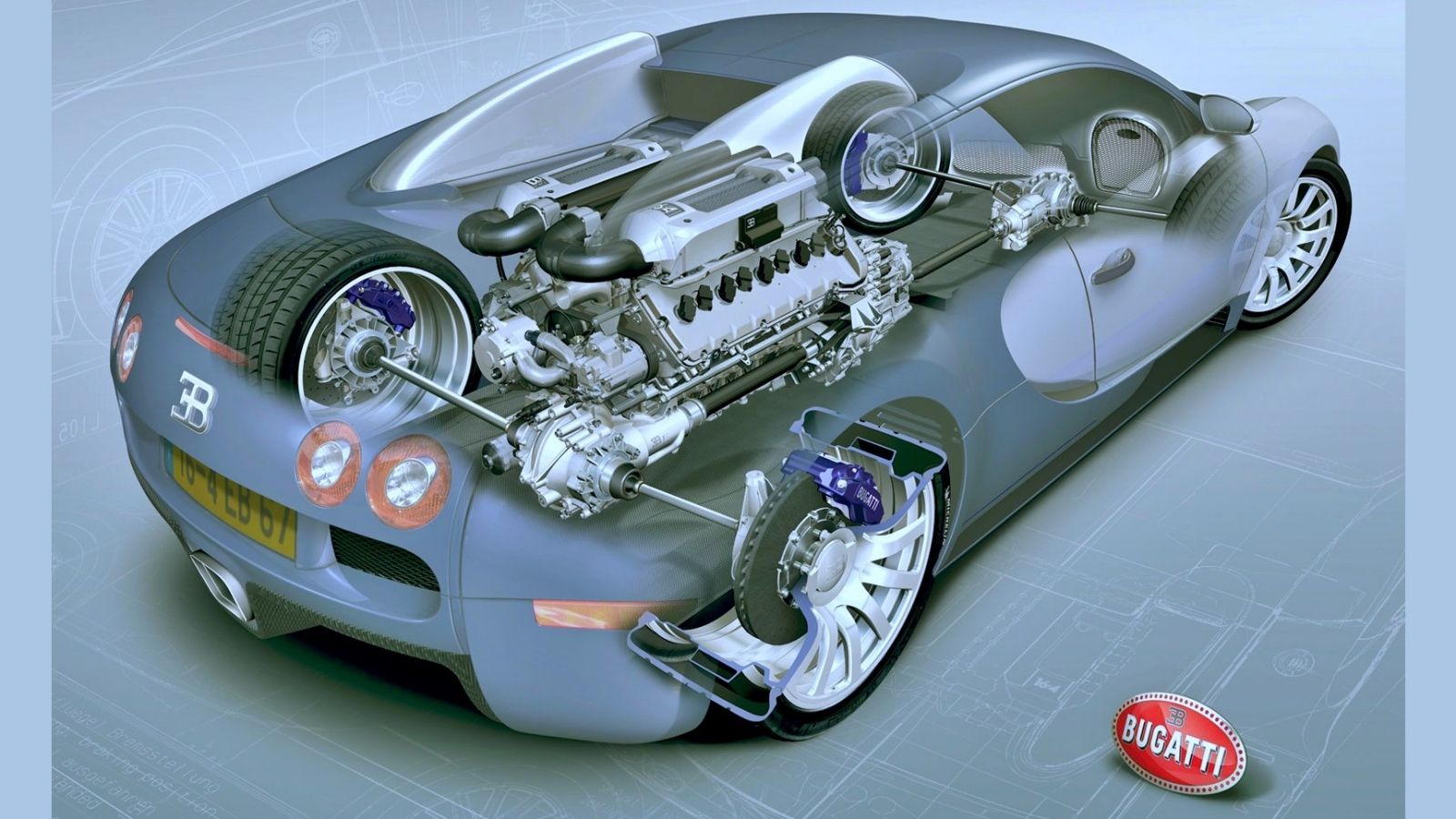Engines for Africa: Your Ultimate Auto Components Shop for Quality Vehicle Elements
Engines for Africa: Your Ultimate Auto Components Shop for Quality Vehicle Elements
Blog Article
The Quest for Ultimate Driving Power: Exploring the Pinnacle of Engine Efficiency and Technological Advancements in the Automotive Field
In the realm of auto engineering, the pursuit of optimum driving power has been an unrelenting mission that has unravelled with the evolution of engine design and the integration of advanced innovations. From the careful craftsmanship of combustion engines to the quick innovations in electrical propulsion systems, the vehicle industry stands at the cusp of a brand-new era characterized by unmatched performance capacities.
Development of Engine Design

Moreover, the assimilation of turbocharging and turbo charging technologies has reinvented engine style by improving power without significantly enhancing engine size. These forced induction systems compress the intake air, permitting for more fuel to be ignited, consequently producing greater power result from a smaller sized engine. This innovation has actually been particularly important in enhancing the efficiency of smaller sized variation engines while maintaining gas effectiveness requirements.

Performance-Enhancing Fuel Technologies
The implementation of innovative fuel modern technologies has significantly contributed to improving engine efficiency in modern-day automobiles. Biofuels, derived from eco-friendly resources like algae, corn, or sugarcane, deal reduced emissions and boosted engine efficiency. Furthermore, gas ingredients and detergents are being developed to clean engine elements, optimize burning, and reduce rubbing, consequently enhancing total lorry efficiency.
Developments in Electric Propulsion
Significant strides in electric propulsion modern technology have actually reinvented the automobile industry, leading the way for a brand-new age of reliable and sustainable transport. Electric automobiles (EVs) are gaining popularity due to their environmental advantages and innovations in battery innovation, enabling longer driving varieties and much shorter charging times. Manufacturers are spending heavily in r & d to improve the efficiency of electrical propulsion systems, concentrating on raising power output, enhancing power effectiveness, and reducing general weight.
One significant innovation in electrical propulsion is the development of innovative electric motors that deliver higher torque and power thickness, causing enhanced acceleration and overall driving efficiency. Additionally, regenerative stopping systems have been refined to catch and keep energy throughout slowdown, further increasing the performance of EVs.
In addition, the integration of wise modern technologies, such as artificial knowledge and go to website anticipating analytics, is enhancing the monitoring of electrical propulsion systems, making certain optimum efficiency under numerous driving conditions. These developments in electrical propulsion are reshaping the auto landscape, driving the market in the direction of an extra sustainable and amazed future.
Influence of Computational Liquid Characteristics
With innovations in electrical propulsion pressing the limits of auto technology, the integration of Computational Fluid Dynamics is playing an essential role in optimizing wind resistant performance and boosting general efficiency in automobile style. Computational Liquid Dynamics (CFD) includes the usage of computer simulations to evaluate the circulation of air around a lorry, enabling designers to forecast just how layout adjustments will affect the rules of aerodynamics without the demand for expensive physical prototypes. By properly modeling air flow patterns, CFD permits the refinement of car shapes to lower drag, enhance cooling, and enhance stability.
CFD makes it possible for designers to optimize air important link movement around parts such as radiators, engine bays, and wheel wells, contributing to enhanced performance and overall driving experience. In conclusion, the combination of Computational Liquid Dynamics represents a considerable step forward in the quest for ultimate driving power and effectiveness in the automobile sector.
Future Fads in Engine Technology
In the vibrant landscape of automotive design, sophisticated advancements are shaping the future trajectory of engine innovation. The future of engine design is noted by a strong focus on efficiency, performance, and sustainability. Manufacturers are progressively concentrating on creating engines that not only provide high power results however additionally prioritize ecological responsibility by improving and reducing exhausts fuel effectiveness.
One noticeable trend in engine development is the rise of electrification. Hybrid and electrical powertrains are gaining grip as practical alternatives to traditional combustion engines. These innovations offer the possibility for substantial decreases in carbon emissions and increased power effectiveness, straightening with global efforts to combat climate modification.
Additionally, innovations in materials science and manufacturing techniques are making it possible for the manufacturing of lighter and more resilient engine elements. This change in the direction of light-weight materials such as carbon fiber and light weight aluminum alloys adds to boosted performance and fuel economy.
Final Thought
Finally, the pursuit of supreme driving power in the auto industry continues click here for more to drive innovations in engine layout, fuel innovations, electrical propulsion, and computational fluid characteristics. The advancement of these innovations is shaping the future of engine technology, leading the way for more reliable and powerful vehicles (engines for africa). As the market continues to press the limits of what is possible, we can expect to see a lot more groundbreaking growths in the quest for peak efficiency
One of the vital turning points in engine style evolution is the change from typical carbureted engines to contemporary fuel-injected systems. By precisely metering the gas distribution to each cylinder, fuel-injected engines optimize burning, resulting in far better performance and reduced ecological influence.
Moreover, the combination of turbocharging and supercharging technologies has actually changed engine layout by boosting power without substantially enhancing engine dimension (engines for africa).The execution of sophisticated fuel innovations has substantially contributed to improving engine performance in modern lorries. Furthermore, gas additives and detergents are being developed to clean engine elements, maximize burning, and decrease rubbing, thus boosting total vehicle performance
Report this page